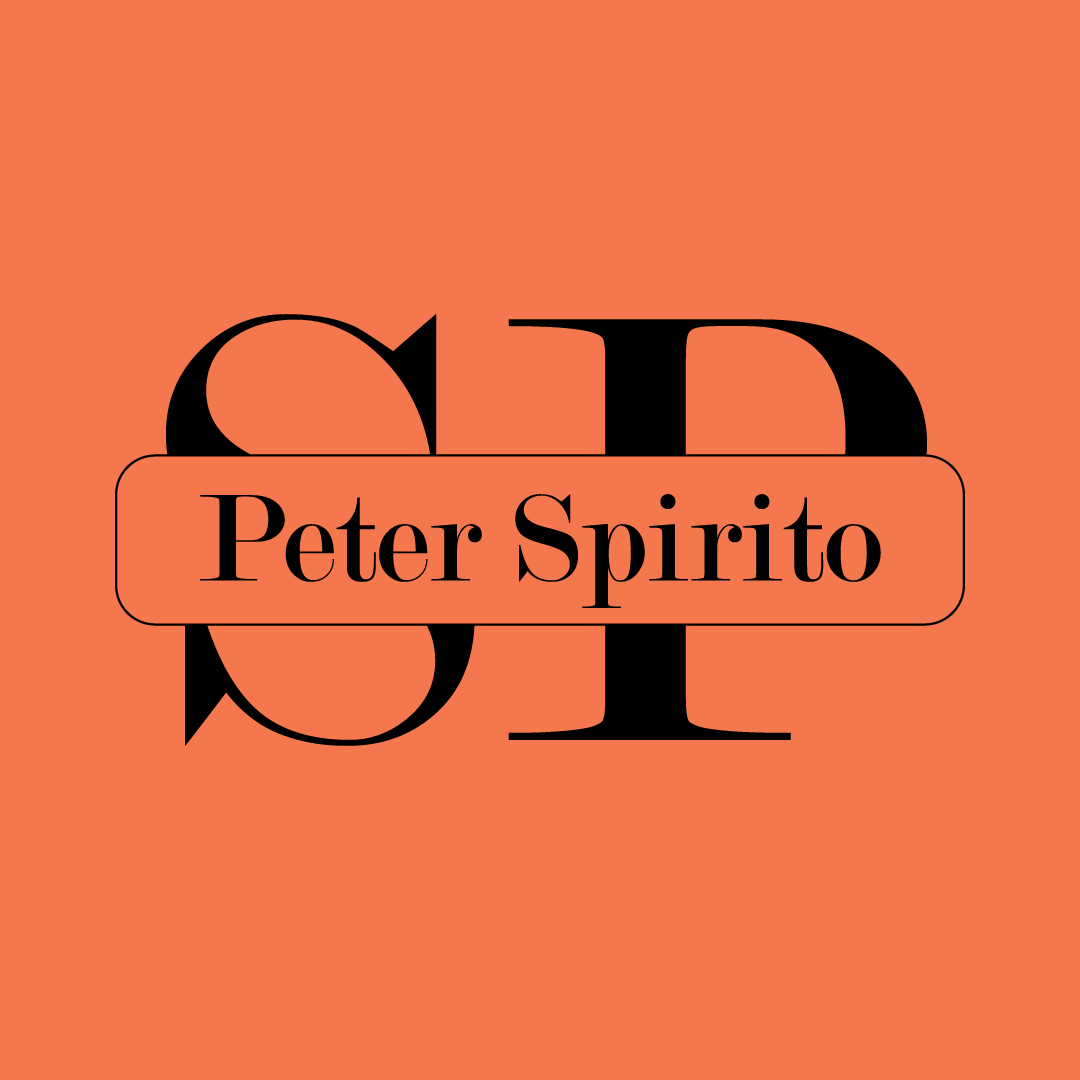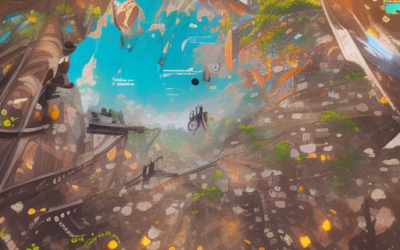Designing Dreams: The Art of Creative Projects

1. Introduction to creative projects
Creative projects are a way for individuals to express their imagination and creativity through various mediums such as art, design, writing, or even entrepreneurship. They provide an opportunity to explore new ideas, challenge oneself, and push boundaries. Whether it’s creating a piece of artwork, designing a product, or starting a business, creative projects allow us to bring our dreams to life. In this article, we will delve into the world of creative projects and learn how to design our own dreams.

2. Understanding the purpose of creative projects
Creative projects are not simply tasks or assignments that need to be completed. They are opportunities to explore new ideas, challenge yourself, and push the boundaries of what is possible. By engaging in creative projects, individuals can develop their skills, build confidence, and gain a deeper understanding of themselves and the world around them.
The purpose of creative projects is to provide a space for self-expression, experimentation, and growth. Whether you are a student looking to hone your craft, a professional seeking to expand your skillset, or simply someone who enjoys creating, the goal of a creative project is to allow you to fully immerse yourself in the process and emerge with something unique and meaningful.
In this sense, creative projects serve as a form of personal development. They allow individuals to tap into their imagination, explore new possibilities, and discover hidden talents they may not have known existed. Through the act of creation, we can unlock our full potential and create something truly special that reflects our unique perspective on the world.

3. Identifying the elements of creativity in design
Creativity is the lifeblood of any design project. It is what sets apart the ordinary from the extraordinary, the mundane from the remarkable. To create something truly unique, we must first understand the elements that make up our own creative processes. In this section, we will explore the key components of creativity in design and how they can be used to bring your dreams to life.

4. Developing a vision for your project
In order to create something truly remarkable, it’s essential to have a clear vision for your project. This involves not only understanding what you want to achieve, but also how you want to achieve it. It’s important to consider the big picture and think about the impact that your project will have on others. By developing a strong vision for your project, you’ll be better equipped to overcome any challenges that may arise during the creative process.

5. Conducting research and gathering inspiration
In order to create something truly remarkable, it is important to first understand what has already been done. Conducting research and gathering inspiration is a crucial step in the creative process. This involves exploring existing designs, trends, and ideas in order to gain a deeper understanding of what is possible and what is not. It also allows you to identify gaps in the market or areas where there is room for innovation. By doing so, you can ensure that your project is unique and stands out from the crowd.

6. Creating a plan and setting goals
Creating a plan and setting goals is an essential step in any creative project. Without a clear roadmap, it can be easy to get lost or distracted along the way. Here are some tips for creating a solid plan and setting achievable goals for your project:
1. Start with a clear idea of what you want to achieve. This could be a specific outcome, such as a finished product, or a general goal, like improving your skills.
2. Break down your project into smaller, manageable tasks. This will make it easier to track progress and stay focused on the main objective.
3. Set realistic deadlines for each task. This will help you stay on schedule and avoid feeling overwhelmed.
4. Prioritize your tasks based on their importance and urgency. This will ensure that you are focusing on the most critical aspects of your project first.
5. Monitor your progress regularly and adjust your plan as needed. This will help you stay on track and make any necessary changes to keep your project moving forward.

7. Executing the project and overcoming obstacles
Creating a plan and setting goals is essential for success, but executing the project and overcoming obstacles can be equally challenging. It is important to stay focused and motivated throughout the process, even when faced with setbacks or unexpected difficulties. One way to maintain motivation is to break the project down into smaller, manageable tasks and celebrate small victories along the way. Additionally, seeking support from others, whether through feedback or collaboration, can help overcome obstacles and keep the project moving forward. Finally, it is important to remain flexible and adaptable, as changes and unexpected developments may arise during the execution phase. By staying positive, persistent, and open to new ideas, creative projects can be brought to life despite any obstacles that may arise.

8. Reflecting on the process and learning from it
Reflecting on the process and learning from it is an important step in the creative project journey. It allows individuals to evaluate their experiences, identify areas for improvement, and gain valuable insights into their own creative processes. By reflecting on their work, individuals can better understand what works well and what needs to be adjusted in order to achieve their desired outcomes. This self-awareness can lead to greater confidence in their abilities and a deeper understanding of their strengths and weaknesses as a creator. In addition, reflecting on the process can also foster a growth mindset, encouraging individuals to continue pushing themselves and exploring new ideas. Overall, reflecting on the process is a crucial step in the creative journey, providing opportunities for personal growth and development.

9. Building a portfolio and showcasing your work
Creating a portfolio and showcasing your work is an essential part of any creative project. It allows you to document your progress, share your ideas with others, and showcase your skills to potential clients or employers. Here are some tips for building a strong portfolio:
1. Select your best work: Your portfolio should only include your best and most relevant work. This will help to demonstrate your skills and abilities to others.
2. Organize your portfolio: Consider using themes or categories to organize your portfolio. This will help to make it easier for viewers to navigate and understand your work.
3. Use high-quality images: Make sure that all of the images in your portfolio are clear, well-lit, and of high quality. This will help to showcase your work in the best possible light.
4. Include descriptions and captions: Provide detailed descriptions and captions for each piece of work in your portfolio. This will help to provide context and explain your thought process behind each project.
5. Keep it up-to-date: Regularly update your portfolio with new work and accomplishments. This will help to keep it fresh and relevant to potential clients or employers.

10. Conclusion and tips for successful creative projects
In conclusion, designing dreams through creative projects can be a rewarding and fulfilling experience. By understanding the purpose of creative projects, identifying the elements of creativity in design, developing a vision, conducting research, creating a plan, executing the project, reflecting on the process, building a portfolio, and showcasing your work, you can bring your ideas to life and achieve success. Remember to stay true to your vision, embrace challenges as opportunities for growth, and always keep learning and improving. With these tips and a little bit of hard work, you can create something truly amazing and turn your dreams into reality.




